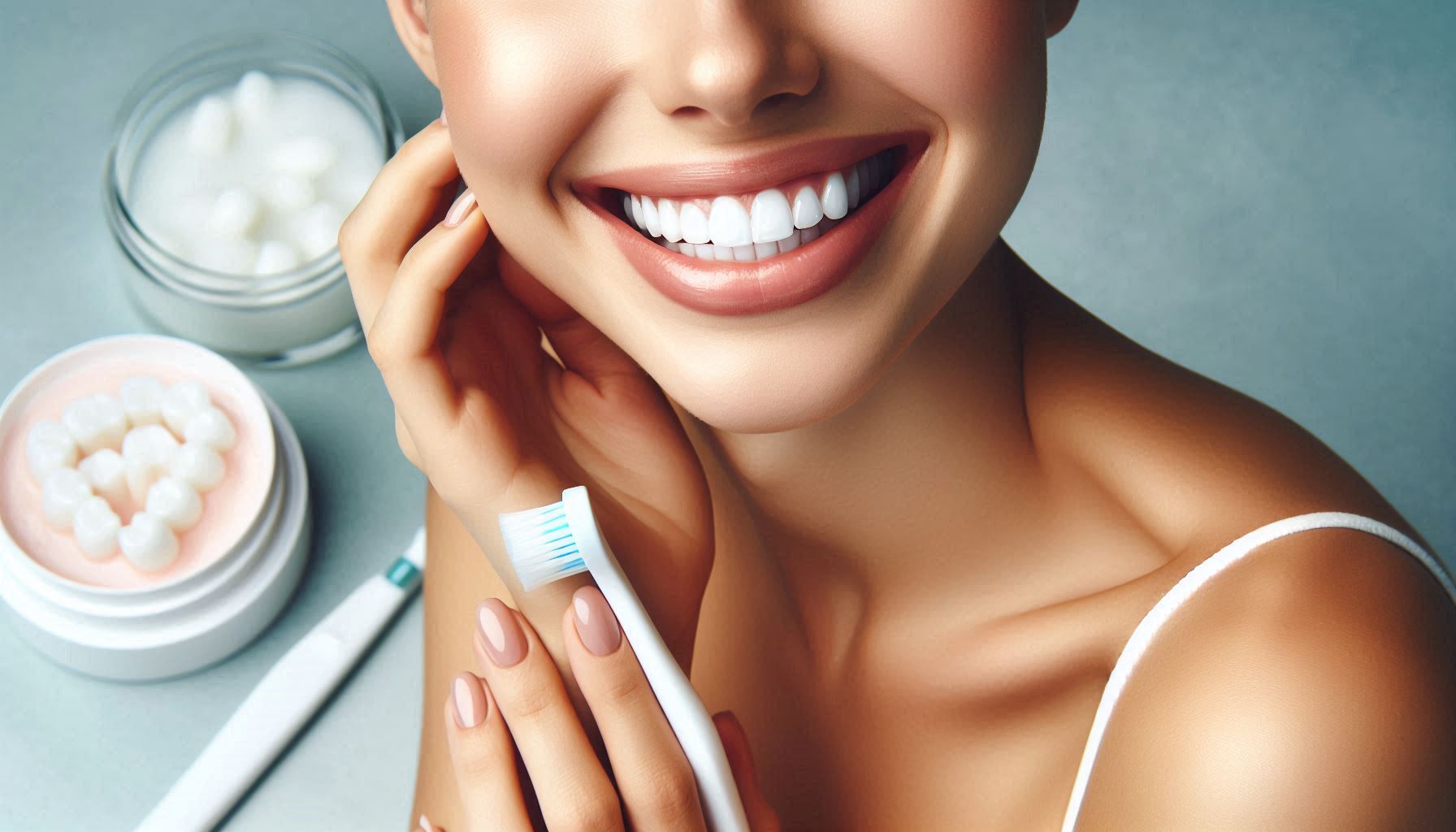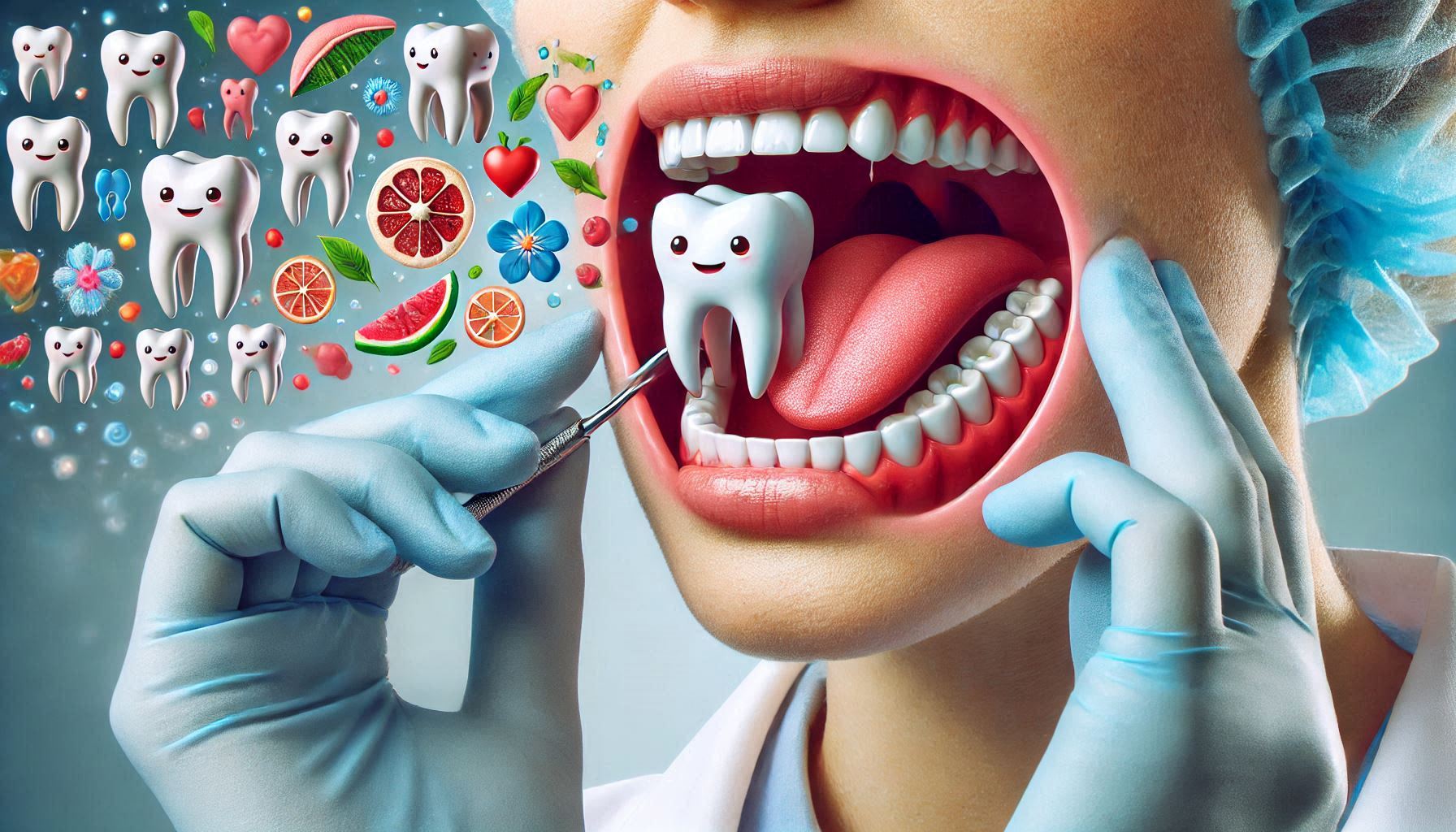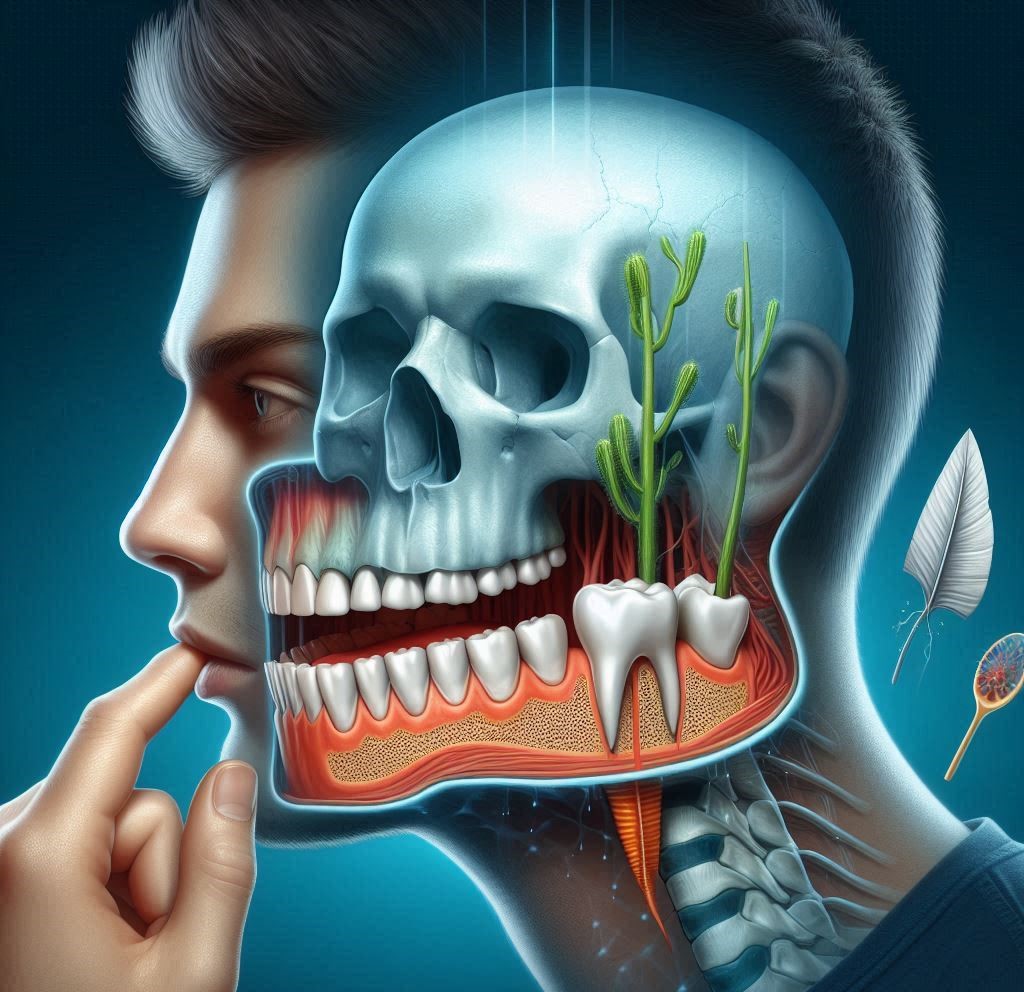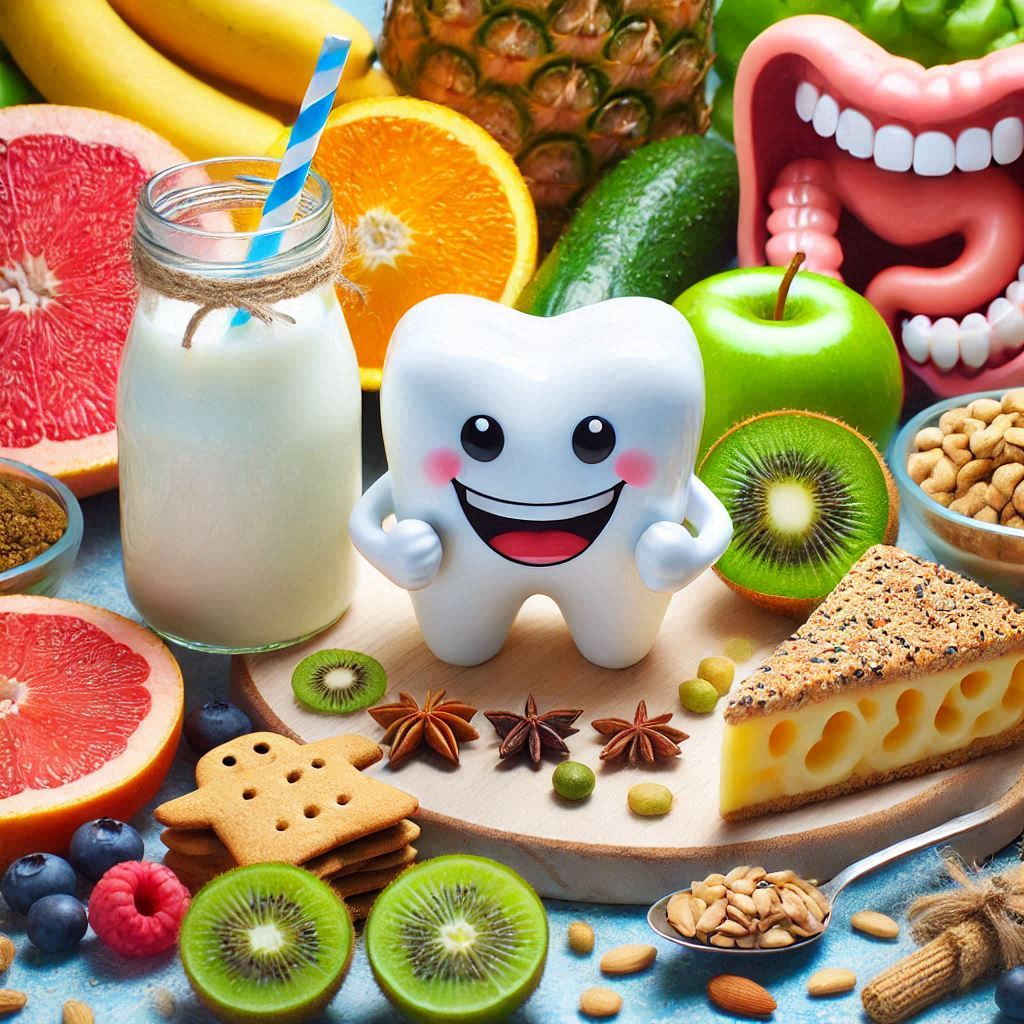A bright smile is widely regarded as a hallmark of health and vitality, making it a powerful asset in both personal and professional interactions. Teeth whitening has surged in popularity as one of the most desired cosmetic dental procedures, attracting individuals eager to enhance their appearance. Discoloration can stem from various factors, including aging, dietary choices, and lifestyle habits such as smoking. As a result, many people seek out whitening treatments to regain the luster of their smiles.
The allure of teeth whitening lies not just in aesthetic improvement, but also in the boost to self-confidence that accompanies a brighter smile. Research shows that individuals with whiter teeth often feel more attractive, which can positively impact their social and professional lives. With a range of options available—from in-office treatments to at-home kits—teeth whitening has become accessible to a broad audience. As more people recognize the value of a radiant smile, the demand for teeth whitening continues to grow, solidifying its status as a favored choice in cosmetic dentistry.
1. The Psychology of Smiling
1.1 The Impact of a Smile on Confidence
A beautiful smile can significantly elevate self-esteem and overall confidence. Research has shown that individuals who undergo teeth whitening often report higher levels of satisfaction with their appearance. A study published in the Journal of Cosmetic Dentistry found that after whitening treatments, many participants felt more positive about their smiles, which directly influenced their confidence in social situations. This newfound assurance can lead to more engaging interactions and a willingness to connect with others, fostering deeper relationships both personally and professionally. The psychological boost from a brighter smile can be transformative, affecting how individuals carry themselves and how they perceive their worth.
1.2 The Link Between Appearance and Success
First impressions hold substantial weight in various aspects of life, particularly in professional environments. A study conducted by the American Academy of Cosmetic Dentistry revealed that 74% of people believe an unattractive smile can negatively impact a person’s chances for career success. In competitive job markets, a bright smile can serve as a powerful tool, contributing to positive first impressions during interviews or networking events. When individuals feel confident in their smiles, they are more likely to engage in conversations, display warmth, and project professionalism. This enhanced self-presentation can lead to better opportunities and relationships, highlighting the importance of aesthetic appeal in both personal and professional interactions.
2. Enhanced Aesthetic Appeal
2.1 Addressing Common Causes of Discoloration
Teeth discoloration can arise from a variety of factors, impacting the overall appearance of one’s smile. Common causes include:
- Dietary Choices: Frequent consumption of staining beverages like coffee, tea, and red wine can lead to noticeable discoloration. Additionally, certain fruits, such as blueberries, can contribute to staining over time.
- Tobacco Use: Smoking and chewing tobacco are well-known culprits of significant yellowing, leaving teeth looking dull and unattractive.
- Aging: As individuals age, the enamel on their teeth naturally thins, exposing the yellow dentin beneath. This process can make teeth appear darker and less appealing.
Teeth whitening treatments are designed to combat these common issues, effectively lightening the color of teeth and leading to a brighter, more uniform smile.
2.2 Long-Term Aesthetic Benefits
Beyond addressing existing stains, teeth whitening treatments offer long-term aesthetic benefits. Many whitening solutions not only enhance the color of teeth but also work to prevent future discoloration. Some advanced treatments can strengthen tooth enamel, making it more resistant to staining agents. This dual action not only revitalizes a smile but also helps maintain its brightness over time. Regular whitening sessions, combined with good oral hygiene practices, can ensure that individuals enjoy the visual benefits of their treatments for months or even years, contributing to ongoing self-confidence and satisfaction with their appearance.
3. Quick and Convenient Solutions
3.1 Professional Treatments
In-office teeth whitening treatments are among the most effective options available. These procedures typically utilize high-concentration bleaching agents combined with advanced technologies, such as LED light activation. During a typical session, which lasts about an hour, patients can see their teeth lighten by several shades—often up to eight shades brighter in just one visit. The professional environment ensures that the process is conducted safely and effectively, minimizing risks associated with improper application.
Dentists begin by assessing the patient’s oral health and discussing their desired outcomes. After applying a protective barrier to the gums, the whitening agent is carefully applied to the teeth. The LED light accelerates the whitening process, breaking down stains and discoloration more efficiently than traditional methods. This approach not only provides immediate results but also allows for greater control over the treatment, ensuring a uniform and satisfying outcome. For those seeking rapid results, in-office treatments offer a convenient solution that fits into busy schedules, making it an appealing choice for many.
3.2 At-Home Kits
For individuals who prefer a more gradual approach to whitening, at-home kits are an excellent option. These kits typically include custom trays designed to fit an individual’s mouth, allowing for easy and effective application of the whitening gel. Patients can wear these trays for a specified period, often overnight or for a couple of hours each day, depending on the product’s instructions.
At-home kits provide the flexibility of whitening on one’s own schedule, making them ideal for those who may not have time for multiple in-office visits. Many patients appreciate the convenience of being able to whiten their teeth in the comfort of their own homes. While results may take longer to achieve compared to in-office treatments, many find the gradual process to be manageable and effective, particularly when they have a little more time to spare. Additionally, these kits can be more cost-effective, making them a popular choice among those mindful of their budget.
3.3 Over-the-Counter Products
Over-the-counter whitening products are widely available and offer a range of options for individuals seeking a brighter smile. These products include whitening strips, toothpaste, gels, and mouth rinses. While they may not provide results as dramatic as professional treatments or at-home kits, they are highly accessible and often budget-friendly.
Whitening strips are a common choice due to their ease of use; they simply adhere to the teeth and are left on for a specified duration. Similarly, whitening toothpaste can be incorporated into daily oral hygiene routines, gradually removing surface stains and helping to maintain brightness over time. Although these products may take longer to yield noticeable results, they are a convenient option for individuals looking for a simple, low-commitment way to enhance their smiles. Overall, over-the-counter products make teeth whitening accessible to a wider audience, allowing anyone to explore options that fit their lifestyle and preferences.
4. Non-Invasive Procedure
4.1 Safety and Minimal Discomfort
Teeth whitening is classified as a non-invasive procedure, particularly when compared to other cosmetic dental options like veneers or crowns. Most patients experience minimal discomfort during the treatment, making it a relatively gentle process. However, some individuals may experience temporary tooth sensitivity or gum irritation, particularly after professional or high-concentration treatments.
Dental professionals often take precautions to mitigate these risks by applying protective barriers to the gums and carefully monitoring the treatment process. Additionally, for those with sensitive teeth, dentists can recommend desensitizing gels or other treatments to alleviate discomfort. The non-invasive nature of teeth whitening makes it a suitable option for many individuals seeking cosmetic enhancement without the need for surgical intervention.
4.2 Long-Lasting Results
One of the significant advantages of teeth whitening is the longevity of its results. With proper care and maintenance, the effects of whitening treatments can last several months or even years. Following a treatment, patients are advised to avoid stain-causing foods and beverages, such as coffee, tea, red wine, and certain sauces, which can contribute to discoloration.
Maintaining good oral hygiene, including regular brushing and flossing, is also crucial in prolonging the results. Many dental professionals recommend periodic touch-ups, especially for those who consume staining substances frequently. By adhering to these practices, individuals can enjoy the benefits of a bright smile for an extended period, enhancing their overall appearance and self-esteem.
5. Customizable Options
5.1 Tailored Treatments
Teeth whitening is not a one-size-fits-all solution; it can be tailored to meet the specific needs of each individual. Different levels of discoloration may require different approaches, and a dental professional can help determine the most suitable treatment based on the patient’s unique circumstances.
During an initial consultation, dentists will evaluate the patient’s oral health, identify the causes of discoloration, and discuss the desired outcomes. This personalized approach ensures that patients receive a treatment plan that effectively addresses their specific concerns, resulting in optimal results and satisfaction.
5.2 Personalized Maintenance Plans
After achieving the desired results, many dental professionals provide personalized maintenance plans to help patients keep their smiles bright. These plans may include recommendations for touch-up treatments, as well as guidance on maintaining a healthy diet and oral hygiene routine.
By following a maintenance plan, patients can ensure that their smiles remain vibrant long after the initial whitening treatment. Regular check-ups with a dentist can also help monitor the condition of the teeth and gums, allowing for timely interventions if any issues arise.
6. Cost Considerations
6.1 Investment in Aesthetics
Teeth whitening does require an initial financial investment, especially for professional treatments. Costs can vary significantly based on the method chosen and the provider’s expertise. While some may view this expense as considerable, many individuals find it worthwhile given the confidence boost and aesthetic improvements that result from a brighter smile.
Investing in teeth whitening can lead to enhanced self-esteem and a more positive self-image, which can be invaluable in both personal and professional contexts. For many, the investment is seen as a way to improve not just their appearance but also their overall quality of life.
6.2 Value Over Time
When considering the potential long-term benefits, such as improved self-esteem and enhanced career opportunities, many individuals find that teeth whitening represents a cost-effective solution in the larger scope of personal grooming and health. A radiant smile can open doors to social and professional interactions, positively influencing various aspects of life.
Ultimately, the perceived value of teeth whitening extends beyond the immediate results, offering long-lasting benefits that can significantly impact an individual’s confidence and success.
7. Potential Drawbacks to Consider
7.1 Sensitivity and Irritation
While teeth whitening is generally safe, some individuals may experience side effects such as tooth sensitivity or gum irritation following treatment. These effects are usually temporary but can be uncomfortable. Patients are encouraged to communicate any discomfort to their dental professionals, who can recommend strategies to alleviate these issues.
7.2 Not Suitable for Everyone
Teeth whitening may not be effective for all types of discoloration. For instance, intrinsic stains caused by trauma, medications, or certain health conditions may not respond well to whitening treatments. In such cases, alternative cosmetic dental options, like veneers or bonding, may be more appropriate.
7.3 Misuse of Products
Another concern is the potential for misuse of over-the-counter whitening products. Incorrect application or excessive use can lead to uneven results or damage to tooth enamel. It is crucial for individuals to follow product instructions closely and consult with a dental professional if they are uncertain about the best approach for their specific needs.
Conclusion
Teeth whitening offers numerous benefits, from boosting self-confidence to enhancing aesthetic appeal, making it a favored choice for many people. A brighter smile can significantly impact how individuals perceive themselves and how they are viewed by others, fostering a greater sense of attractiveness in social and professional settings. Despite its advantages, potential drawbacks exist, such as temporary tooth sensitivity or gum irritation. However, these risks can be effectively managed through a proper consultation with a dental professional. A dentist can assess individual needs and recommend the most suitable whitening method, whether in-office treatments or at-home solutions, ensuring a safe and effective experience.
For those looking to improve their smile, investing in teeth whitening can yield substantial rewards. The psychological benefits of feeling more confident can translate into enhanced personal interactions and increased opportunities in the workplace. Ultimately, the decision to pursue teeth whitening is often viewed as a valuable investment in one’s overall appearance and self-esteem, contributing positively to both personal and professional spheres.
SOURCES
American Academy of Cosmetic Dentistry, (2020) – The AACD 2020 State of the Cosmetic Dentistry Industry Report.
Buchalla, W., & Attin, T. (2007) – “External bleaching therapies—A review.” Dental Materials, 23(6), 829-839.
Gordon, P. H., et al. (2015) – “Influence of enamel color on the efficacy of bleaching: An in vitro study.” American Journal of Dentistry, 28(3), 139-144.
Hattab, F. N., et al. (1999) – “Tooth sensitivity associated with bleaching agents: A review.” Journal of Dental Research, 78(7), 1388-1396.
Kumar, A., et al. (2020) – “Effect of home bleaching on the color stability of composite resin.” Journal of Esthetic and Restorative Dentistry, 32(3), 254-260.
Matis, B. A. (2006) – “Tooth whitening: A review of the literature.” Journal of Esthetic and Restorative Dentistry, 18(6), 338-344.
HISTORY
Current Version
October 17, 2024
Written By:
SUMMIYAH MAHMOOD




